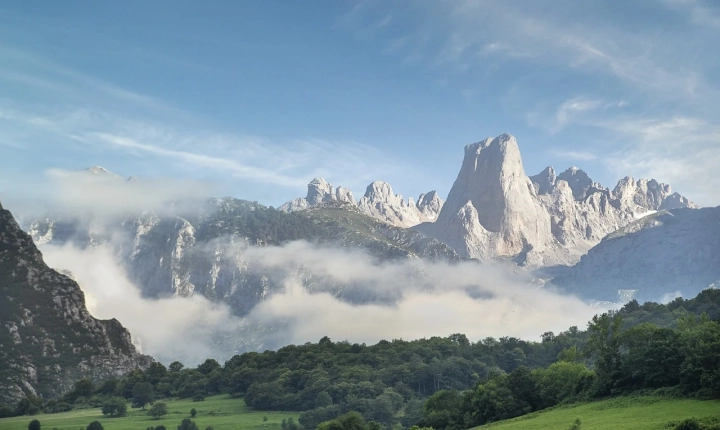Title: How to Generate Images in AI: A Beginner’s Guide
Artificial Intelligence (AI) has gained significant traction in recent years due to its ability to mimic human intelligence and perform complex tasks. One area where AI has excelled is in the generation of images, a process that involves using sophisticated algorithms to create new visuals. In this article, we will explore the basics of generating images in AI and provide a beginner’s guide to getting started in this exciting domain.
Understanding the Basics of Image Generation in AI:
The process of generating images in AI typically involves the use of Generative Adversarial Networks (GANs) or Variational Autoencoders (VAEs). GANs consist of two neural networks, a generator and a discriminator, which work in tandem to create realistic images. The generator creates new images, while the discriminator evaluates them for realism. Through iterative training, the generator learns to produce increasingly convincing images.
On the other hand, VAEs are a type of neural network that can learn to generate new images by capturing the underlying statistical properties of a dataset. VAEs work by encoding input images into a lower-dimensional space called a latent space and then decoding this latent space to generate new images.
Getting Started with Image Generation in AI:
1. Learn the Basics of Neural Networks: Before diving into image generation, it is essential to have a good understanding of neural networks, the fundamental building blocks of AI. Familiarize yourself with concepts such as convolutional neural networks (CNNs), which are commonly used for image-related tasks.
2. Choose the Right Framework: There are several AI frameworks that provide tools for image generation, including TensorFlow, PyTorch, and Keras. Choose a framework that aligns with your skill level and programming preferences.
3. Study GANs and VAEs: To gain a deeper understanding of image generation, study the underlying principles of GANs and VAEs. There are numerous resources, including research papers, tutorials, and online courses, that can help you grasp the concepts of these advanced algorithms.
4. Experiment with Pre-Trained Models: Many pre-trained GAN and VAE models are readily available, allowing you to experiment with image generation without having to train a model from scratch. These pre-trained models can serve as a starting point for understanding the image generation process.
5. Practice with Datasets: Obtaining access to diverse image datasets is crucial for training and evaluating your image generation models. You can use open-source datasets such as MNIST, CIFAR-10, or ImageNet to practice generating images across different categories and styles.
6. Experiment with Hyperparameters: Once you have a grasp of the basics, start experimenting with hyperparameters such as learning rates, batch sizes, and network architectures. Fine-tuning these parameters can significantly impact the quality of the generated images.
Challenges and Future Directions:
While generating images in AI has made significant strides, there are still challenges to overcome. One major challenge is ensuring the diversity and realism of the generated images, as AI models often struggle with producing images that are truly indistinguishable from real ones.
Furthermore, future research in image generation aims to address ethical considerations, such as preventing AI-generated images from being misused for malicious purposes, including deepfakes and misinformation.
In conclusion, image generation in AI is a fascinating area that combines cutting-edge technology with artistic expression. By understanding the fundamental concepts, choosing the right tools, and practicing with diverse datasets, beginners can embark on a journey to explore the creative potential of AI. As the field continues to advance, the possibilities for generating realistic and diverse images through AI are boundless.
